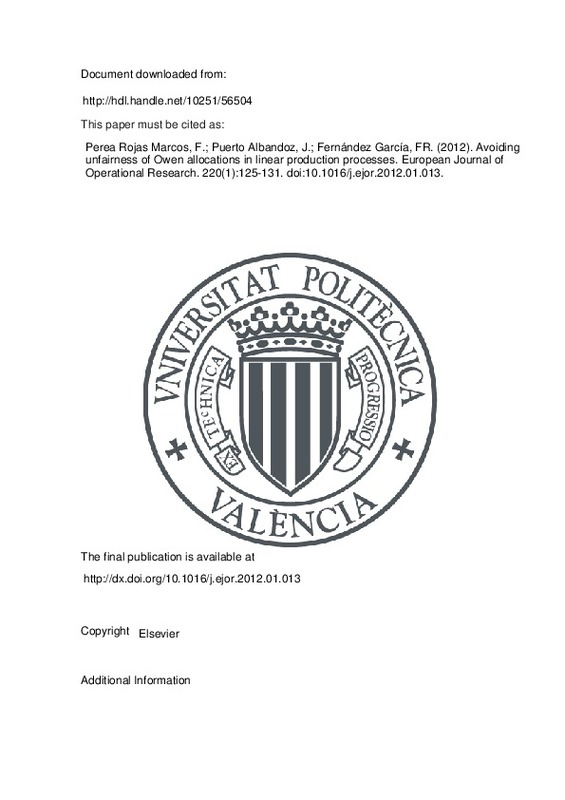JavaScript is disabled for your browser. Some features of this site may not work without it.
Buscar en RiuNet
Listar
Mi cuenta
Estadísticas
Ayuda RiuNet
Admin. UPV
Yeah, I Talk to My Car...So What? Roles and Levels of Closeness in Person-product Relationship
Mostrar el registro sencillo del ítem
Ficheros en el ítem
| dc.contributor.author | Jacob Dazarola, Rubén Hernán
|
es_ES |
| dc.contributor.author | Martínez Torán, Manuel Benito
|
es_ES |
| dc.date.accessioned | 2016-06-30T09:44:12Z | |
| dc.date.issued | 2013 | |
| dc.identifier.issn | 1833-1874 | |
| dc.identifier.uri | http://hdl.handle.net/10251/66806 | |
| dc.description.abstract | [EN] Often people refer to objects in similar terms as an interaction with people; "I love this object, "I have great affection for this product because we spend so much time together" are recurring phrases, as if one is referring to a friend or family member. We give names to some objects and sometimes even talk to them. We also expect similar behavior from products that we expect from people with an "equivalent" degree of relationship, such as the car that keep for a long time, and we feel like they are almost like a friend. We expect fidelity, support, that "don t let us down. Such statements accuse the existence of real relationships with objects, similar to the relationships established with people, validating and even exceeding the concept of product attachment encountered in the design field research. This evident similarity between the way that we interact with people and objects suggests the possibility of raising a framework, defined in this paper that allows the development of simple and understandable language for the different stakeholders in the process of product creation, design and development. This approach that relates theories of design and psychology, with focus on relationships, expectations and behaviors that we develop with the people with whom we interact, and through the application of this to the relationship that we have with the products, allows us to classify them, in order to reach a proper understanding of what people expect from them, and determine the types of relationships that they can generate with users | es_ES |
| dc.language | Inglés | es_ES |
| dc.publisher | Common Ground Publishing | es_ES |
| dc.relation.ispartof | The International Journal of Designed Objects | es_ES |
| dc.rights | Reserva de todos los derechos | es_ES |
| dc.subject | Product Relationships | es_ES |
| dc.subject | Product Anthropomorphism | es_ES |
| dc.subject | Product Emotions and Feelings | es_ES |
| dc.subject | Product Attachment | es_ES |
| dc.subject | Product Design | es_ES |
| dc.subject | Emotional Design | es_ES |
| dc.subject.classification | DIBUJO | es_ES |
| dc.title | Yeah, I Talk to My Car...So What? Roles and Levels of Closeness in Person-product Relationship | es_ES |
| dc.type | Artículo | es_ES |
| dc.embargo.lift | 10000-01-01 | |
| dc.embargo.terms | forever | es_ES |
| dc.rights.accessRights | Cerrado | es_ES |
| dc.contributor.affiliation | Universitat Politècnica de València. Departamento de Dibujo - Departament de Dibuix | es_ES |
| dc.description.bibliographicCitation | Jacob Dazarola, RH.; Martínez Torán, MB. (2013). Yeah, I Talk to My Car...So What? Roles and Levels of Closeness in Person-product Relationship. The International Journal of Designed Objects. 6(3):49-60. http://hdl.handle.net/10251/66806 | es_ES |
| dc.description.accrualMethod | S | es_ES |
| dc.relation.publisherversion | http://ijgo.cgpublisher.com/ | |
| dc.description.upvformatpinicio | 49 | es_ES |
| dc.description.upvformatpfin | 60 | es_ES |
| dc.type.version | info:eu-repo/semantics/publishedVersion | es_ES |
| dc.description.volume | 6 | es_ES |
| dc.description.issue | 3 | es_ES |
| dc.relation.senia | 250466 | es_ES |




![[Cerrado]](/themes/UPV/images/candado.png)


